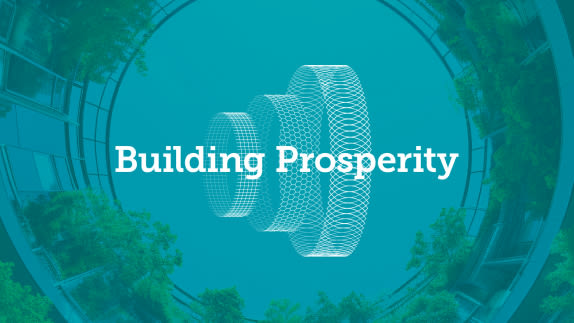The US is at a critical moment in history. As a nation, it faces mounting risks related to climate change, supply chain security, and economic competitiveness.
Decarbonization is key to the US reducing its emissions and achieving its net-zero targets. To date, decarbonization efforts have largely focused on the transition to renewable energyrenewable energyEnergy derived from resources that are not depleted on timescales relevant to the economy, i.e. not geological timescales. and energy efficiency measures.
But by also transforming the way we make and use products, there is a real opportunity for circular economycircular economyA systems solution framework that tackles global challenges like climate change, biodiversity loss, waste, and pollution. It is based on three principles, driven by design: eliminate waste and pollution, circulate products and materials (at their highest value), and regenerate nature. solutions to accelerate the decarbonization of major US sectors today.

Sign up to our North America Newsletter
Stay on top of the circular economy in the US and Canada. Subscribe to the dedicated newsletter today.

This report sets out the economic and climate opportunity presented by a circular economy, starting with three resource-and-carbon-intensive industries:
grid-scale and electric vehicle (EV) batteries;
built environment and infrastructure;
electronic equipment.
US policymakers and businesses are increasingly recognizing the importance of circular economy solutions in achieving the US’s climate and economic goals. To maintainmaintainKeep a product in its existing state of quality, functionally and/or cosmetically, to guard against failure or decline. It is a practice that retains the highest value of a product by extending its use period. its position as a global leader in innovation and economic prosperity, US policymakers and industry need to work together to capture the full circular economy opportunity.
Download
An innovation pathway to decarbonization is available in: English






